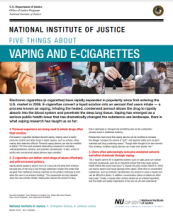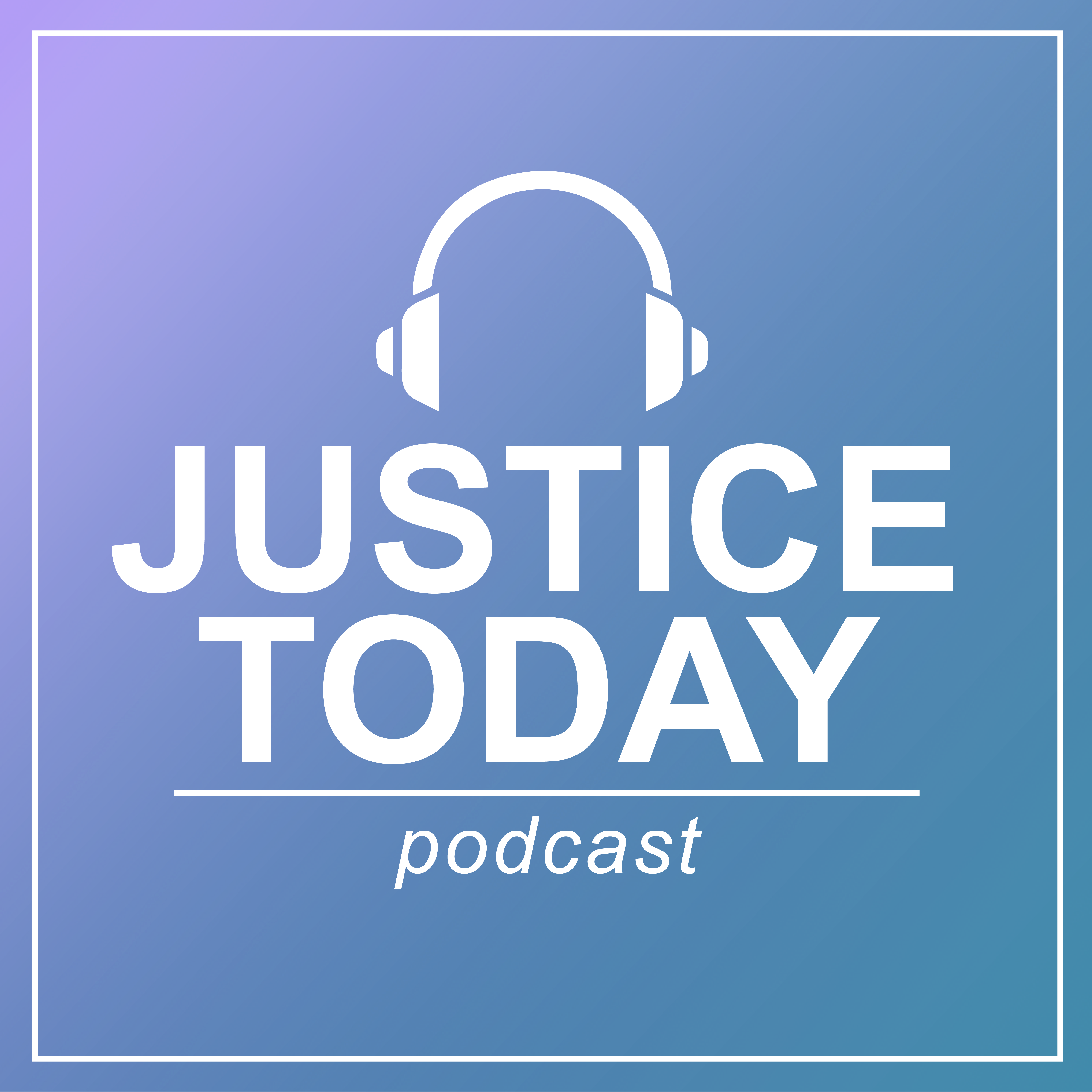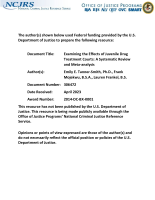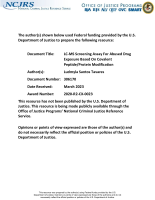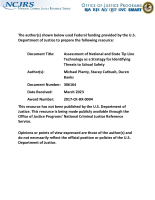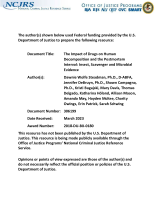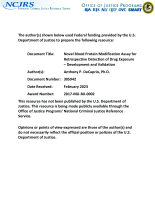Drug use
Can Science Enhance Equity? Findings and Implications From a Study To Detect Bruising on Victims with Dark Skin Pigmentation
This plenary panel from the 2023 NIJ Research Conference features fascinating research on a methodology to improve the detection and documentation of bruises on victims of violence who have dark skin pigmentation. This study highlights the intersection between science, justice, and racial equity, featuring practitioner and victims’ advocacy perspectives. The discussion describes the research and its findings and explore strategies to ensure that this particular evidence-based methodology can be widely implemented by nurse practitioners in the field.
Participants:
See the YouTube Terms of Service and Google Privacy Policy
Five Things About Vaping and Electronic Cigarettes
Does Exotic Dancing Lead to Prostitution? An Exploratory Study
Metabolic and toxicological considerations of the opioid replacement therapy and analgesic drugs: methadone and buprenorphine
The Andronowski Skeletal Collection for Histological Research: A Modern Anatomical Contribution
Classifying Crime Places by Neighborhood Visual Appearance and Police Geonarratives: A Machine Learning Approach
Utilizing Direct Analysis in Real Time-High Resolution Mass Spectrometry-Derived Dark Matter Spectra to Classify and Identify Unknown Synthetic Cathinones
Impacts of Successive Drug Legislation Shifts: Qualitative Observations from Oregon Law Enforcement
Vaping: It's Not What You Think
Enhancing the Effectiveness of Juvenile Drug Courts by Integrating Evidence-Based Practices
Examining the Effects of Juvenile Drug Treatment Courts: A Systematic Review and Meta-analysis, Final Report
LC-MS Screening Assay For Abused Drug Exposure Based On Covalent Peptide/Protein Modification
Assessment of National and State Tip Line Technology as a Strategy for Identifying Threats to School Safety
Qualitative Analysis of Real Drug Evidence Using DART-MS and the Inverted Library Search Algorithm
The Impact of Drugs on Human Decomposition and the Postmortem Interval: Insect, Scavenger and Microbial Evidence
Novel Blood Protein Modification Assay for Retrospective Detection of Drug Exposure – Development and Validation
Using Administrative and Survey Data to Evaluate the Impact of Changing Marijuana Laws and Policies on Marijuana Use, Treatment Admissions for Marijuana, and Mortality Related to Marijuana and Other Drug Use
Stability of nonsteroidal anti-inflammatory drugs in contaminated fingermarks probed by Raman Spectroscopy: Effect of temperature and time since deposition
Defining and Studying Elder Abuse Polyvictimization
NIJ Social Science Analyst Yunsoo Park shares her knowledge about elder abuse, a widespread issue in the U.S. and around the world, particularly polyvictimization — the experience of a range of different types of abuse and maltreatment. As much as 11% of community-residing older adults experienced some form of abuse or mistreatment in the past year. Yunsoo discusses risk factors, difficulties in defining and studying elder abuse polyvictimization, and strategies for intervention and prevention. Stacy Lee Reynolds, a Communications Assistant with NIJ, hosts.



